Gemini 3 solved one of the biggest issues for AI image generators — here’s why it's so exciting
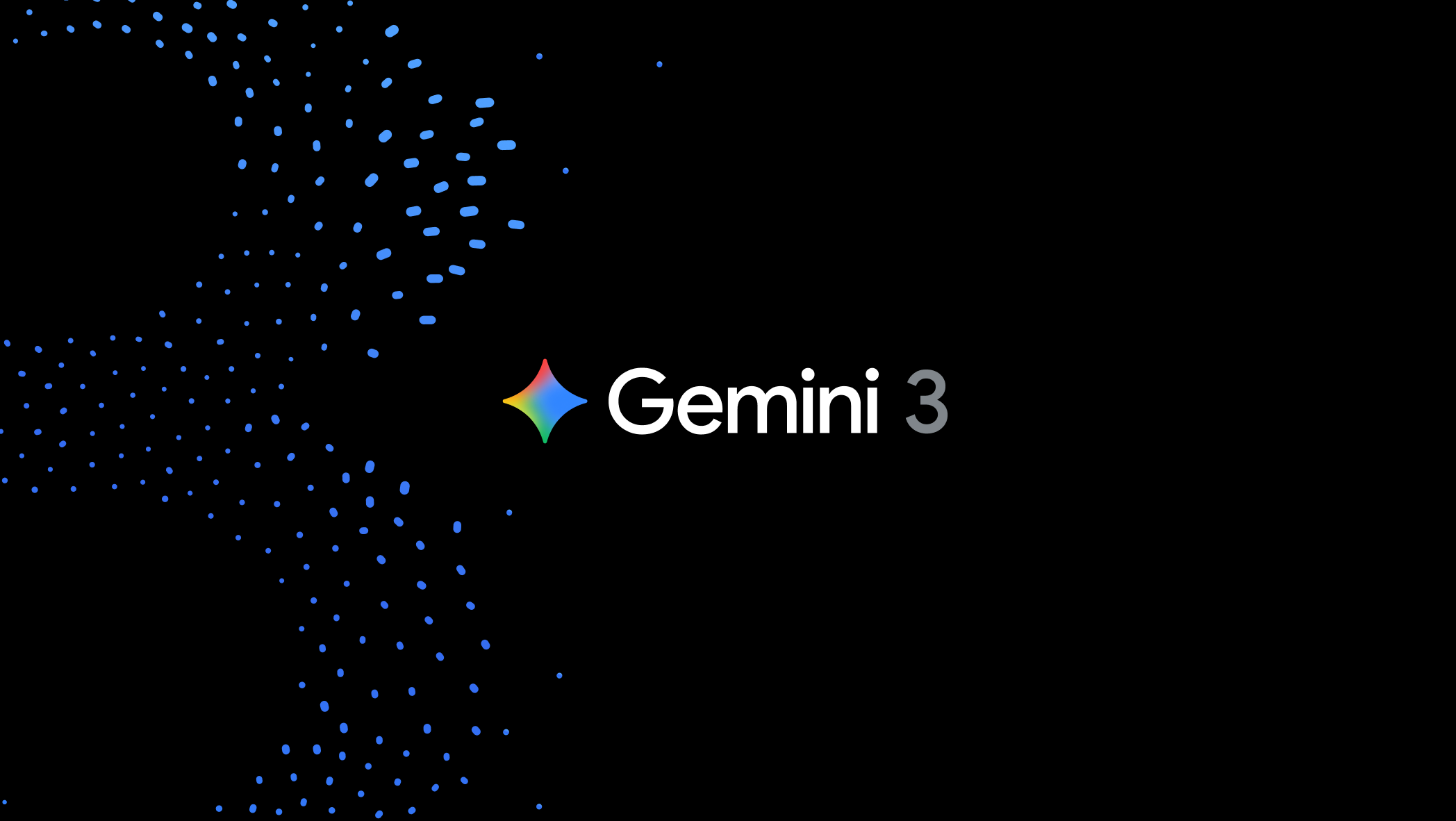
I tested the first major AI image generator, Dall-E, when it originally launched. Since then, I’ve watched as the world of generative AI has exploded, but one feature has always bugged me: text in images.
As faces looked clearer, and hands went down to the correct number of fingers, every model still seemed to really struggle with creating text.
With each major upgrade to different AI image generators, both those built into chatbots like Gemini or ChatGPT, as well as standalone models like Midjourney, I have seen huge progress being made.
But as faces looked clearer, and hands went down to the correct number of fingers, every model still seemed to really struggle with creating text. Whether that was on a poster, a sign or even a T-shirt, it often looked like a giant smudge of hieroglyphics.
In recent updates, the problem has started to fade. ChatGPT could reliably recreate text, but only to a certain extent, quickly having a meltdown if your request became too specific.
Then, in steps Gemini 3, or more specifically, Google’s recent update to Nano Banana Pro, its big AI image upgrade. This upgrade improved a lot of key areas for the tool, but text recreation was by far the biggest in my eyes.
What’s new with Nano Banana Pro
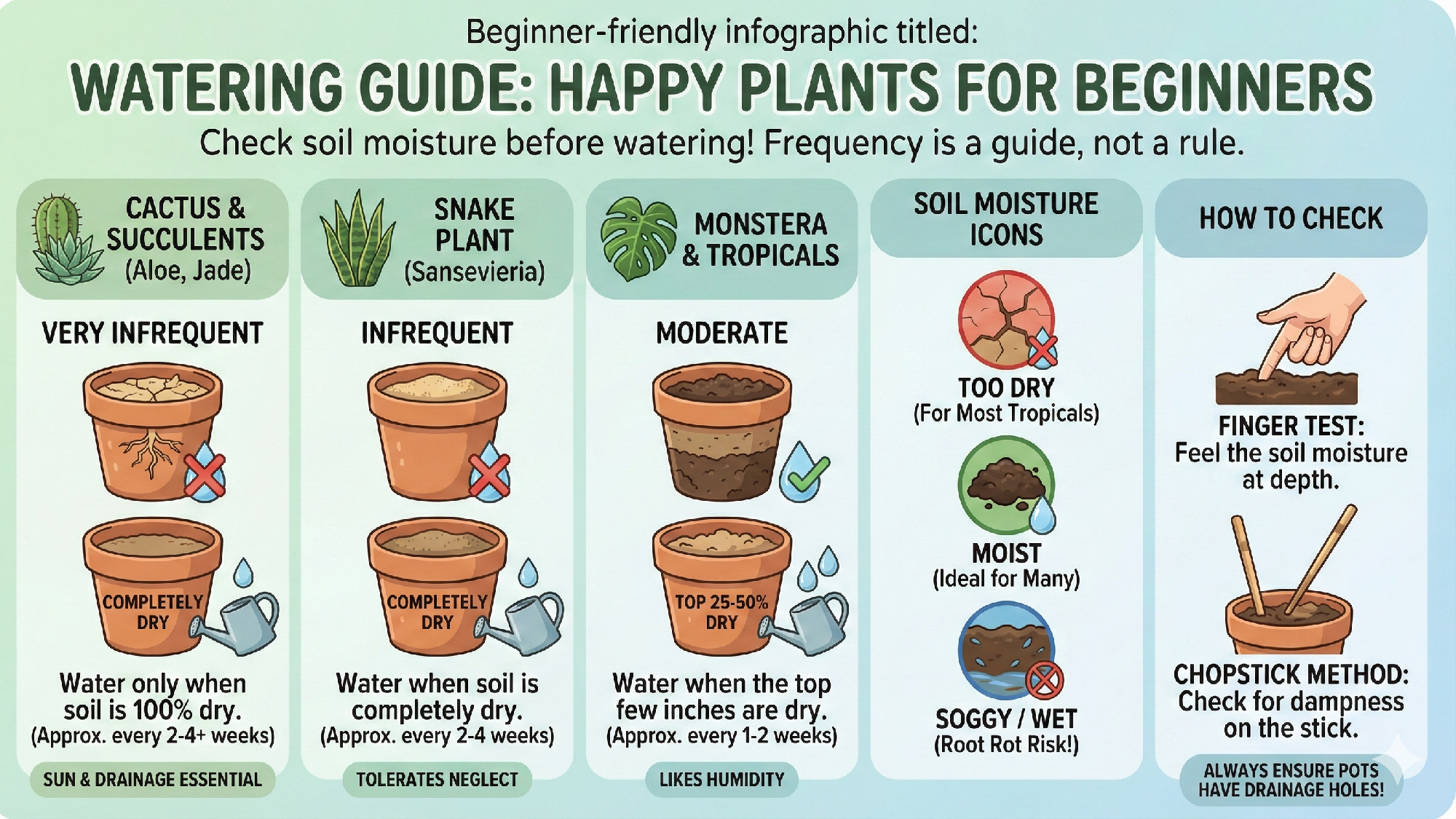
Nano Banana Pro has improved image quality and added the ability to see if an image is AI-generated. It can also now edit multiple reference images into one coherent final product. What's more, you can now translate text in images into another language and also create complicated text-based images.
As our How To editor, Kaycee Hill, pointed out, this has made it an incredible tool for creating infographics. With a simple prompt, Gemini 3 can pump out a complicated infographic, including clear text and accompanying images to explain it.
Get instant access to breaking news, the hottest reviews, great deals and helpful tips.
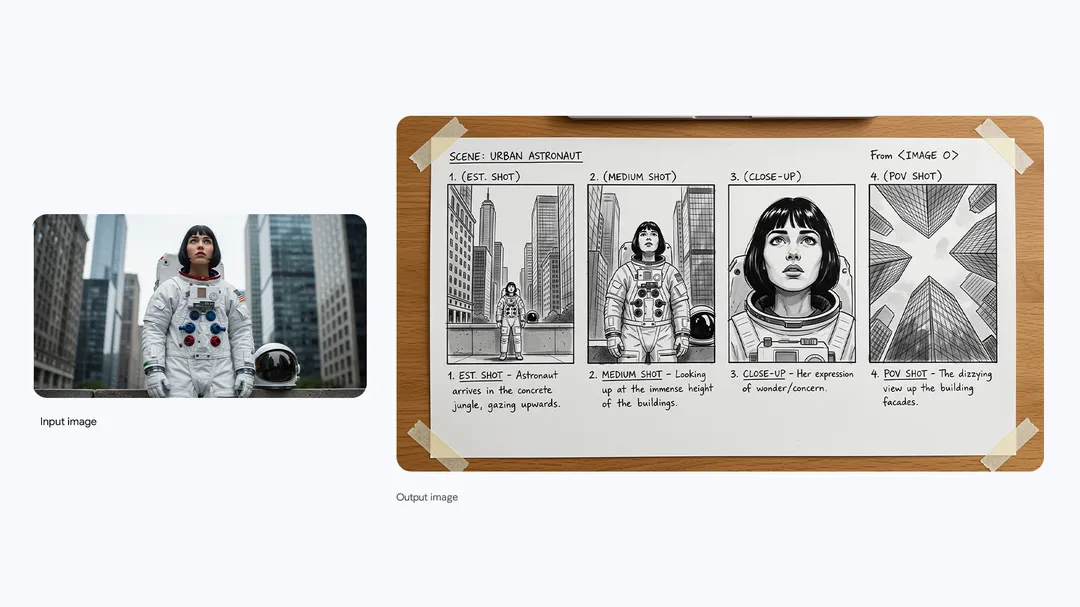
However, on top of that, the AI model now has a better understanding of fonts, text colors and sizes. This allows for far more creativity than before, offering the ability to customize your infographics, labels and magazine covers like never before.
In one example from Gemini, an image of an astronaut is turned into a storyboard sketch, complete with legible written text and the reference image turned into a drawing.
Elsewhere, Gemini creates an energy drink brand, writing the text on the can in English. Then, using the prompt: “translate all the English text on the three yellow and blue cans into Korean, while keeping everything else the same,” the cans transformed, keeping the text in the same place, now simply translated.
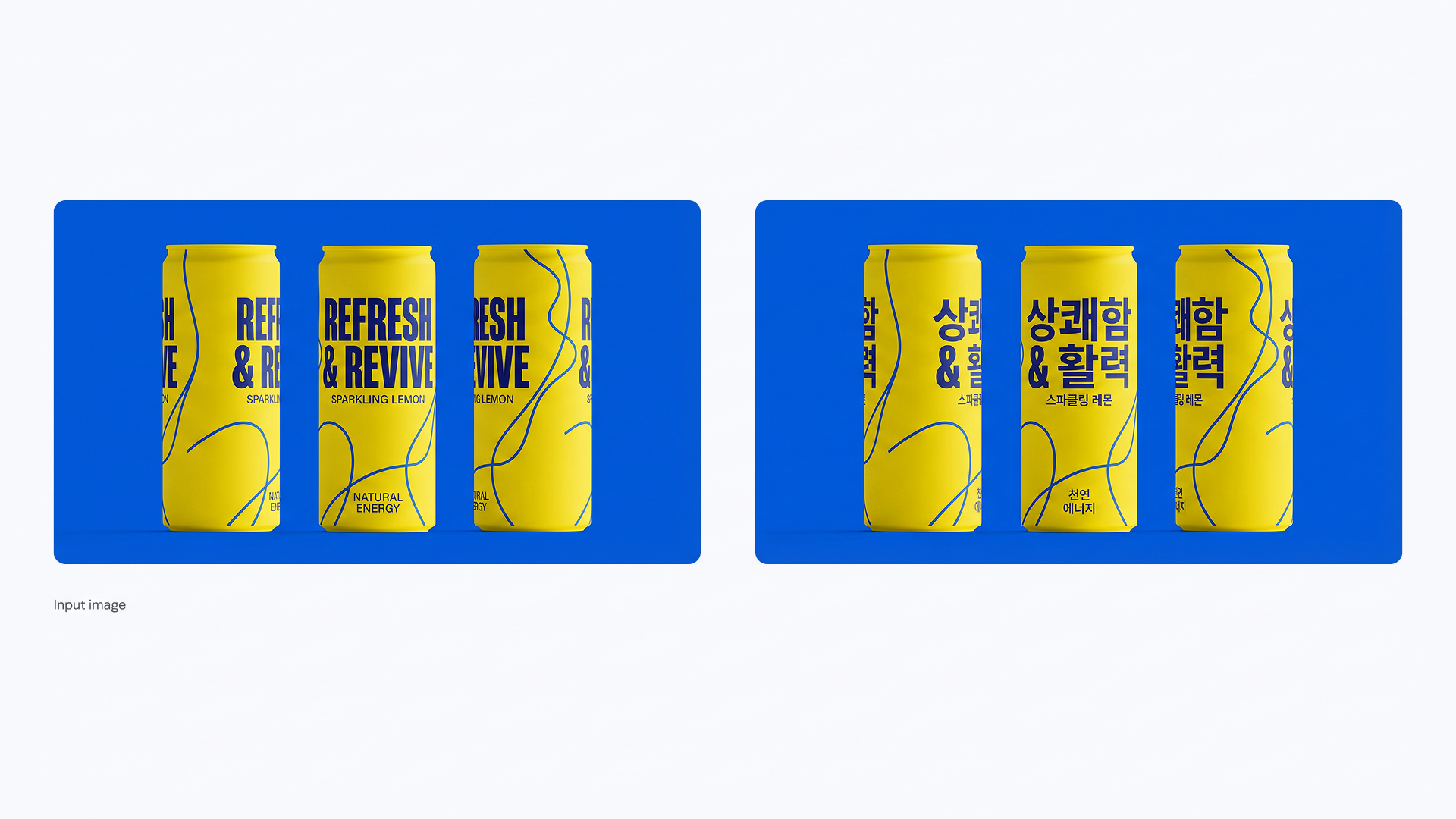
Is text in an image really that exciting?
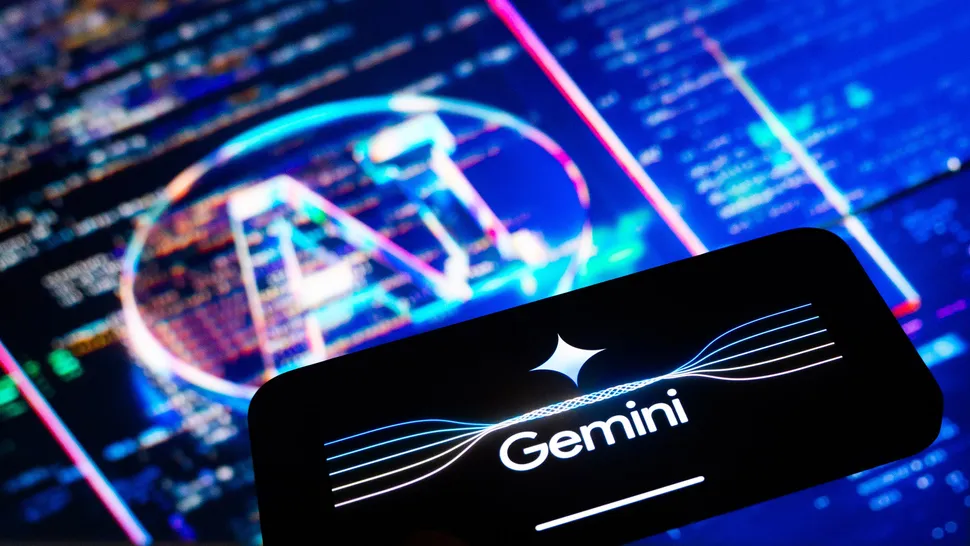
Over the years, AI has faced challenges that have been clear identifiers of its weaknesses. For a while, AI image generators couldn’t make hands, but now they can. AI video generators couldn’t recreate the intricate nature of gymnastics, but it is improving rapidly. Now, AI image generators are finally getting text.
This opens up a huge avenue for these kinds of tools that just weren’t reliable before. Translating text in images, creating detailed infographics and reliably remaking different fonts are incredibly useful across a number of sectors.
As this kind of technology improves, it could be used to create entire storyboards, magazines or posters completely from scratch.
Not only that, but this is an area where Gemini has a sizable advantage, leaving the likes of ChatGPT behind.

Follow Tom's Guide on Google News and add us as a preferred source to get our up-to-date news, analysis, and reviews in your feeds.
More from Tom's Guide
- ChatGPT-4o vs. ChatGPT-5.1 — I tested both and the winner surprised me
- Gemini AI Pro is free for students for one year — here's how to get the Gemini 3 upgrade right now
- SkyReels V3 puts studio-level AI video creation in one simple app

Alex is the AI editor at TomsGuide. Dialed into all things artificial intelligence in the world right now, he knows the best chatbots, the weirdest AI image generators, and the ins and outs of one of tech’s biggest topics.
Before joining the Tom’s Guide team, Alex worked for the brands TechRadar and BBC Science Focus.
He was highly commended in the Specialist Writer category at the BSME's 2023 and was part of a team to win best podcast at the BSME's 2025.
In his time as a journalist, he has covered the latest in AI and robotics, broadband deals, the potential for alien life, the science of being slapped, and just about everything in between.
When he’s not trying to wrap his head around the latest AI whitepaper, Alex pretends to be a capable runner, cook, and climber.
You must confirm your public display name before commenting
Please logout and then login again, you will then be prompted to enter your display name.










